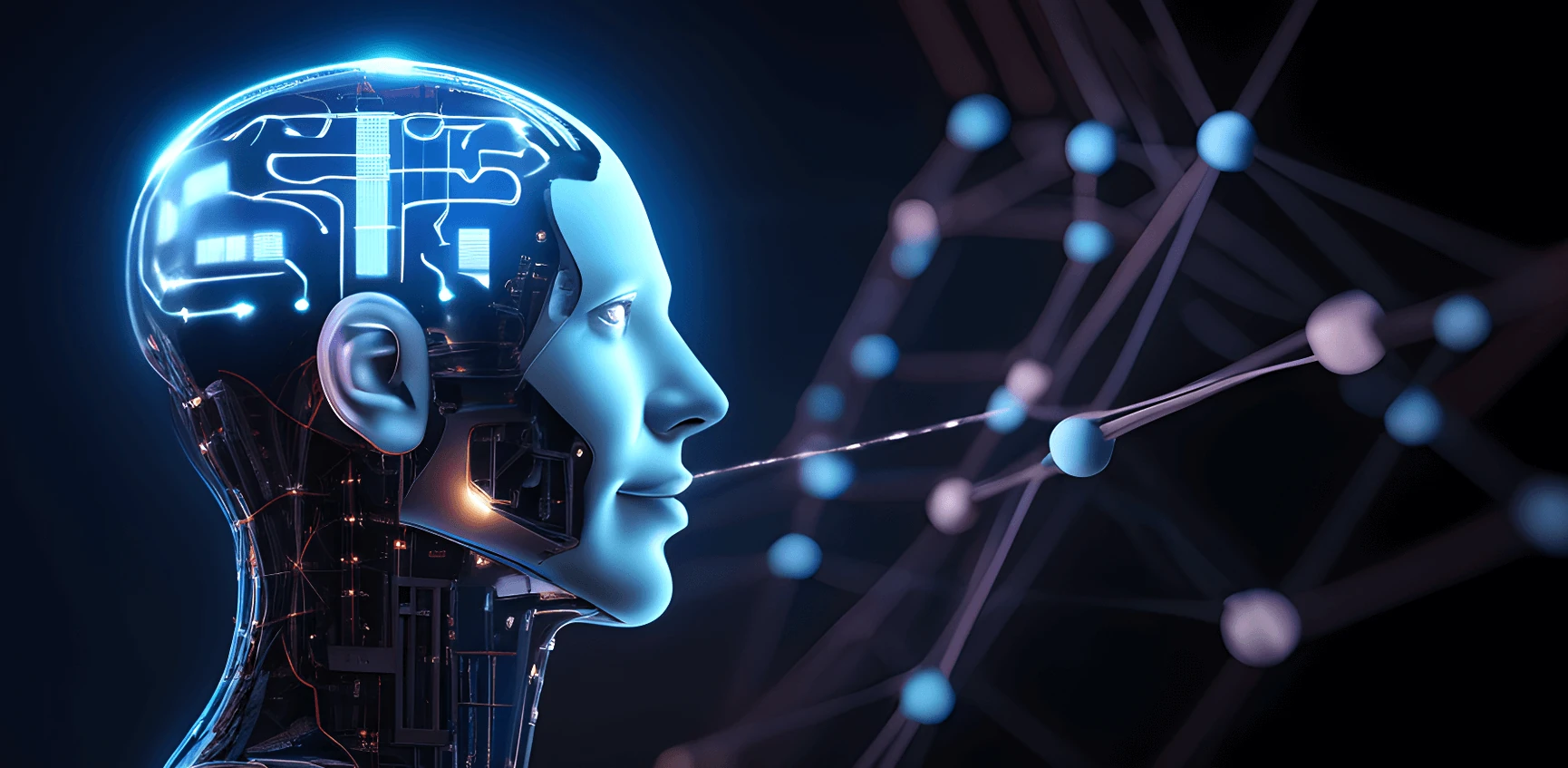Have you experienced recurring back pain despite trying every conventional treatment? Are you losing faith because nothing seems effective?
If we overlook properly diagnosing and targeting the root cause, persistent lower back issues will continue causing chronic misery.
Ignoring this can lead to long-term disc degeneration, serious damage, and irreparable changes that may require surgery or leave you inactive.
In this piece, we’ll cover 5 mindset shifts for understanding Percutaneous Laser Disc Decompression’s unbeatable results.
The Science Behind PLDD
The complex interaction between mechanical stress, anatomical constraints, and physiological responses drives spinal stenosis and herniated discs.
Spinal stenosis occurs when the spinal canal narrows due to vertebral collapse, deformity, or ligament laxity. Aging processes like osteoporosis can cause mechanical stress and degeneration.
Herniated discs occur when the intervertebral disc protrudes due to wear and tear on spinal joints or ligament laxity. Again, aging processes can lead to mechanical stress and degeneration.
How does PLDD’s laser impact disc decompression?
PLDD’s laser-induced tissue modification plays a crucial role in disc compression relief. The laser punctures and decompresses herniated discs, alleviating back pain.
The laser energy reduces inflammation and promotes healing by increasing blood flow. This reduced inflammation allows more efficient disc decompression.
The laser targets specific compressed areas, relieving pressure on surrounding tissues and structures.
The laser stimulates collagen production and improves tissue elasticity for more efficient decompression and long-term relief.
Precise laser control enables optimal decompression results with minimal collateral damage.
Studies on PLDD’s efficacy
Studies have investigated PLDD’s efficacy in reducing chronic back pain from spinal stenosis or herniated discs.
One European Spine Journal study found PLDD effective in reducing symptoms and improving quality of life for lumbar spinal stenosis patients.
A Journal of Back Pain Research study discovered significant back pain reductions, improved functional capacity, and overall health after PLDD.
A Spinal Journal study associated PLDD with substantial back pain, stiffness, and quality of life improvements for spinal stenosis or herniated disc patients.
Pre-Procedure Considerations
The healthcare provider’s expertise and experience significantly influence PLDD success rates. Well-trained professionals can accurately diagnose and treat discogenic back pain.
Patient selection is crucial. Ideal candidates tend to have better outcomes compared to unsuitable ones.
High-quality laser technology and precise equipment settings can improve treatment outcomes.
Patient factors like age, medical history, and pre-existing conditions can affect success rates.
Proper post-procedure follow-up care and rehabilitation enhance treatment outcomes.
Patient education and preparation
When patients understand the procedure, benefits, and risks, they feel more at ease and cooperate better during treatment.
Proper education enables informed decision-making and active participation in care plans.
Well-prepared patients experience fewer complications and faster recovery.
For PLDD, educated patients manage post-procedure pain better and report less discomfort.
Prepared patients adhere better to post-operative instructions, reducing complications.
Anatomical considerations
Evaluate the location and size of the intervertebral disc space through imaging studies.
Consider any disc space abnormalities like herniations or calcifications that can impact outcomes.
Assess overall spinal anatomy, including vertebral body, facet joints, bone density, and joint mobility.
Maintain proper needle placement and control during the PLDD procedure.
The Procedure and Benefits
PLDD is minimally invasive, reducing surgical trauma and complications while promoting faster healing.
It can be performed under local anesthesia with mild sedation for patient comfort.
PLDD allows quicker recovery times and shorter hospital stays.
Better visualization and access to spinal nerves enable accurate diagnosis and treatment.
PLDD is more cost-effective than traditional spinal surgery.
Alleviating back pain
PLDD reduces pressure on compressed nerves, providing significant back pain relief.
It’s recommended for patients who didn’t respond to other treatments like medication, therapy, or injections.
The minimally invasive nature reduces complications and promotes faster healing than surgery.
PLDD can be performed under local anesthesia with minimal discomfort.
Long-term benefits studies
A European Spine Journal study found significant lasting symptom improvements up to 12 months after PLDD.
A Journal of Neurosurgery: Spine study associated PLDD with long-term pain relief and improved quality of life up to 18 months post-treatment.
A Pain Physician study found PLDD safe and effective for lumbar spinal stenosis patients, with significant symptom and quality of life improvements.
Embrace the latest spinal health advancements like PLDD to optimize your well-being through minimally invasive procedures. Prioritize preventative measures and seek expert guidance for long-term spinal alignment benefits. If you are located in West Africa or specifically Ghana, we recommend considering SPECTRA HEALTH for your Percutaneous laser disc decompression (PLDD) procedure.











You have noted very interesting points! ps nice web site.Raise range
I am interested in this treatment as I have battling with severe back pain for sometime now.
Well visit their website and have a conversation.